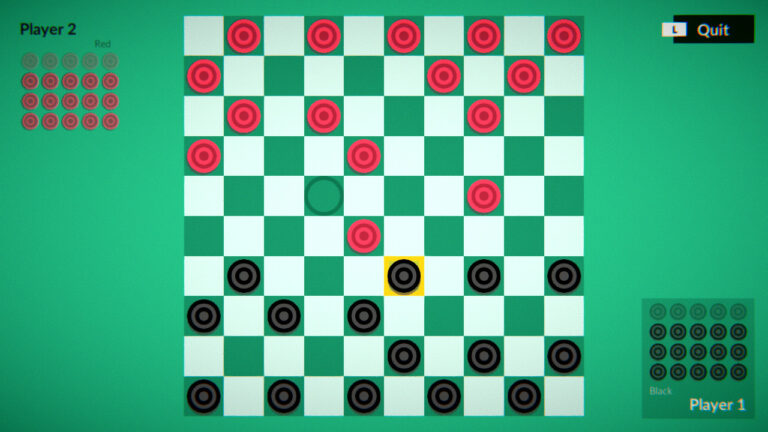The Pearson Test of English (PTE) Academic is a prominent English language proficiency test widely accepted by universities and governments worldwide. It’s often perceived as a challenging test due to its comprehensive evaluation of English skills in varied accents and contexts.
This perception of difficulty can be intimidating for many aspirants. However, understanding the exam’s structure, preparing methodically, and adopting effective strategies can significantly enhance one’s chances of success. This blog aims to demystify the PTE exam and provide practical tips to prepare with confidence.
Is the PTE Exam Hard?
The PTE exam’s perceived difficulty largely arises from its thorough assessment of English language skills across diverse modules. Factors like time management, the complexity of questions, and the computerized format contribute to its challenging nature.
Statistics on pass rates vary, but they often do not reflect an individual’s capability or preparation level. Many candidates overcome these challenges with diligent and focused preparation and achieve their desired scores. It’s important to analyze and understand the specific aspects that make the exam seem daunting and address them systematically in your preparation.
Understanding the PTE Exam Structure

The PTE exam is meticulously structured into four main sections: Speaking & Writing (combined), Reading, and Listening. Each section is designed to test specific language abilities. The Speaking and Writing sections are merged, posing a unique challenge as it assesses both expressive and written skills concurrently.
This format is distinct from other English language tests and necessitates a strategic approach to preparation. Familiarizing oneself with the format, types of questions, and the flow of the exam can significantly reduce its perceived difficulty and aid in effective preparation.
PTE Exam Scoring
Understanding how the PTE exam is scored is crucial for effective preparation. The scoring is automated, using advanced algorithms to ensure an unbiased and accurate assessment of a candidate’s language abilities. Scores are assigned based on various criteria, including fluency, pronunciation, grammatical accuracy, and content relevance.
Achieving a good score is not just about language proficiency but also understanding how to optimize responses to meet these criteria. Knowledge of the scoring mechanism allows for targeted preparation, focusing on areas that have a significant impact on the overall score. To better understand scoring you should try a PTE mock test on PTEMockTests.
Tips for PTE Exam Preparation
Preparing for the PTE exam requires more than just understanding English. It demands a strategic approach, encompassing familiarity with the exam format, regular practice, and the use of authentic materials. Developing a study plan that covers all sections, focusing on weaker areas while consolidating strengths, is vital.
Incorporating a mix of self-study, professional guidance, and peer interaction can provide a comprehensive preparation experience. Utilizing online resources, joining preparation courses, and participating in study groups can offer valuable insights and feedback, enhancing the quality of preparation.
Reading Section Tips
Success in the reading section hinges on effective time management and strong comprehension skills. Developing the ability to quickly identify key ideas and details in a text is essential. Practice skimming and scanning techniques to speed up reading without sacrificing understanding.
Enhancing vocabulary and grammar understanding is also crucial, as it aids in grasping complex texts. Regular practice with diverse reading materials, from academic texts to newspapers, can broaden exposure and improve reading skills.
Speaking Section Tips

The speaking section tests not just language proficiency but also the ability to communicate ideas clearly and coherently. Clarity of pronunciation, fluency, and effective use of intonation are key factors evaluated in this section. Regular practice, including speaking on a range of topics and recording oneself, can be highly beneficial.
This helps in identifying areas of improvement, particularly in pronunciation and fluency. Engaging in conversations with native speakers, if possible, or participating in language exchange programs can provide real-world practice. Additionally, focusing on the structure and organization of responses is important, as coherent and logically structured answers are scored more favorably.
Writing Section Tips
The writing section requires a combination of good grammar, strong vocabulary, and the ability to express ideas coherently. Emphasis should be placed on practicing essay writing and summarizing written texts. Attention to detail in aspects such as coherence, grammatical accuracy, and vocabulary usage is vital.
Regular writing practice, followed by reviews from teachers or language experts, can provide constructive feedback. It’s also beneficial to read a variety of texts to understand different writing styles and improve one’s ability to express complex ideas clearly and effectively.
Listening Section Tips

The listening section challenges test-takers to understand and interpret spoken English, often in different accents and speeds. Enhancing listening skills requires practicing with a variety of audio materials, including lectures, news broadcasts, and conversations.
Effective note-taking is a crucial skill for this section, as it helps in retaining and processing information for answering questions. Developing a system of shorthand or symbols for quick note-taking can be highly useful. Regular practice under timed conditions can also help improve the ability to pick out key information under pressure.
Building Confidence for PTE
Confidence plays a significant role in performing well in the PTE exam. Familiarity with the exam format and types of questions can reduce anxiety. Regular practice, especially under timed conditions, can help build comfort and efficiency.
Relaxation techniques such as deep breathing, meditation, or yoga can effectively manage pre-exam stress. Maintaining a positive mindset and focusing on one’s progress and strengths, rather than dwelling on weaknesses, can also boost confidence.
PTE Practice Tests

Engaging in regular practice tests is essential for comprehensive PTE exam preparation. They not only familiarize test-takers with the exam’s format and timing but also provide valuable insights into areas that require more focus.
Many online platforms and preparation courses offer practice tests that simulate the actual exam environment. Analyzing performance in these tests can guide the preparation strategy, highlighting strengths and pinpointing areas for improvement.
Conclusion
Preparing for the PTE exam can be a challenging yet rewarding journey. Understanding the exam structure, scoring criteria, and focusing on targeted preparation for each section are key to success. Regular practice, using a variety of resources, and taking practice tests can significantly enhance one’s proficiency and confidence.
With determination and the right approach, passing the PTE exam becomes a realistic and achievable goal. Remember, the journey to mastering the PTE exam is not just about language proficiency but also about embracing the challenge with confidence and strategic preparation.
Related Posts:
- Is It Hard To Make Money on Onlyfans? How Much Do…
- The Teen Dating Manual: Age Gaps, Dos and Don'ts,…
- How to Naturally Increase Fertility: Top Tips and Strategies
- 12 Tips to Transform Your Online Presence Through…
- When Facebook Falters: What to Do If Facebook Is…
- 9 Tips for Embracing and Benefiting from the Main…







